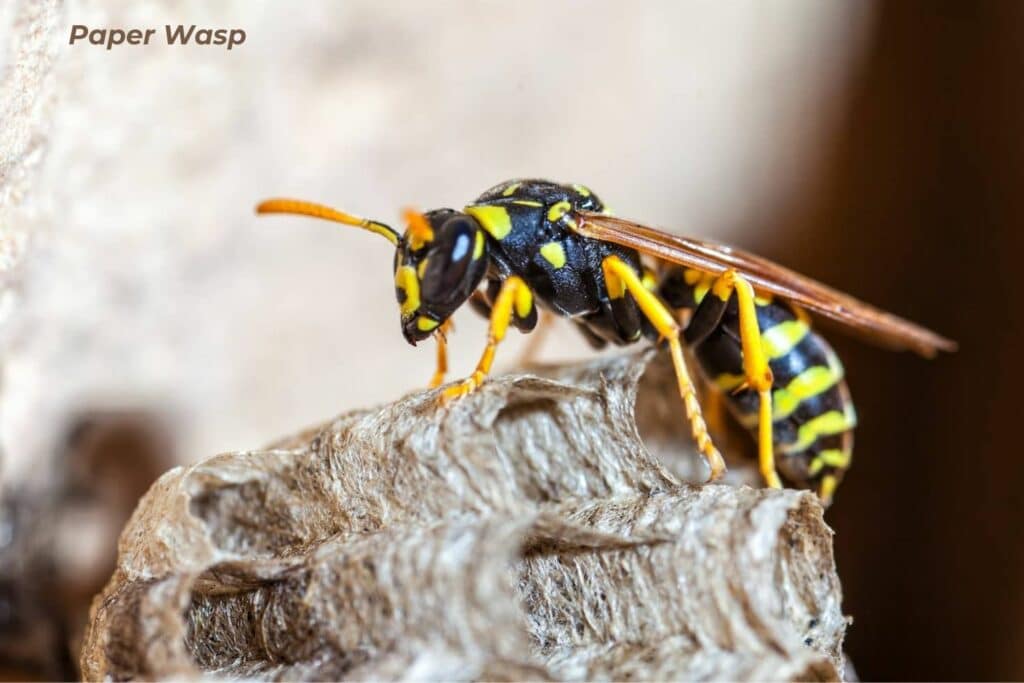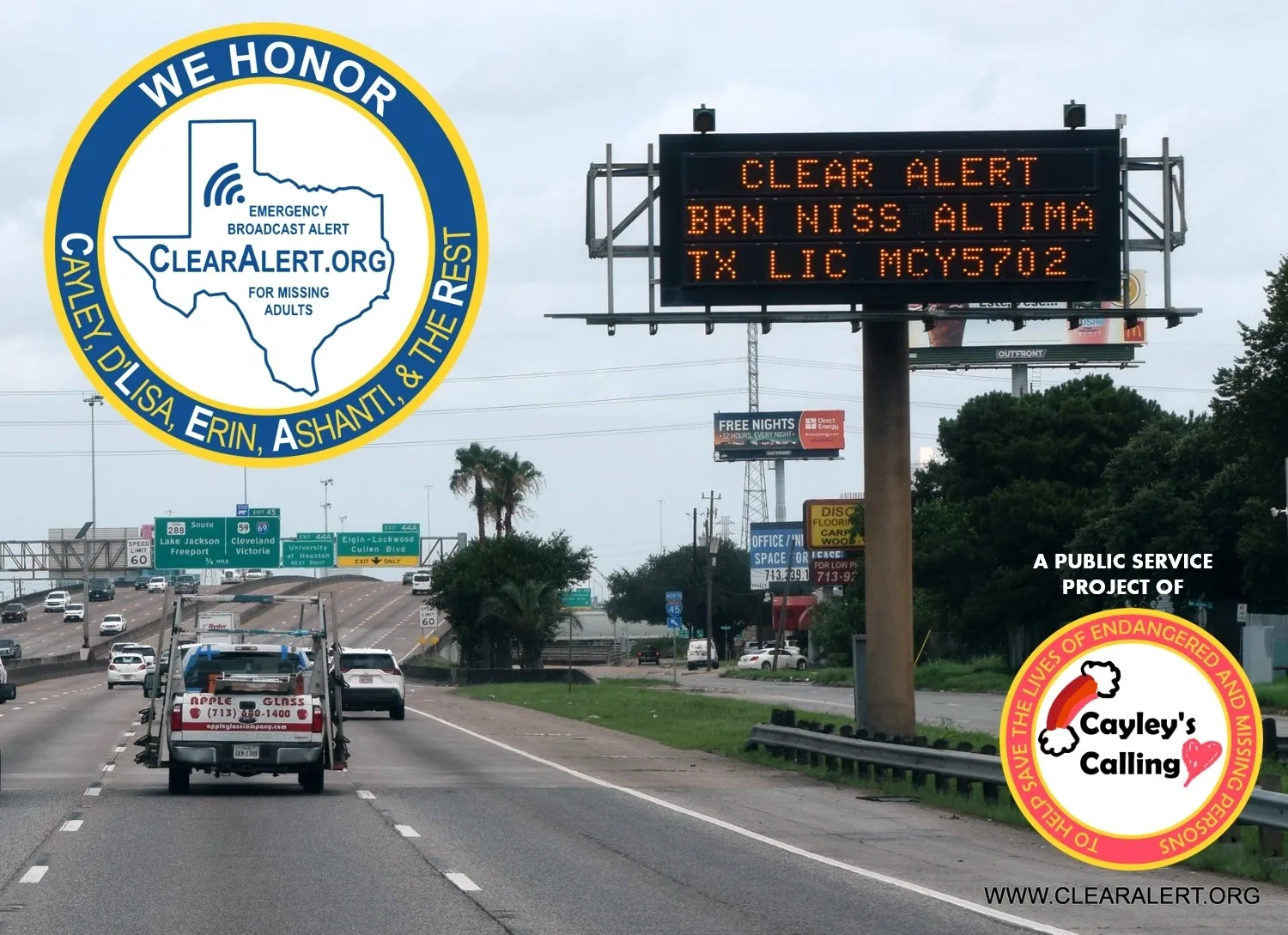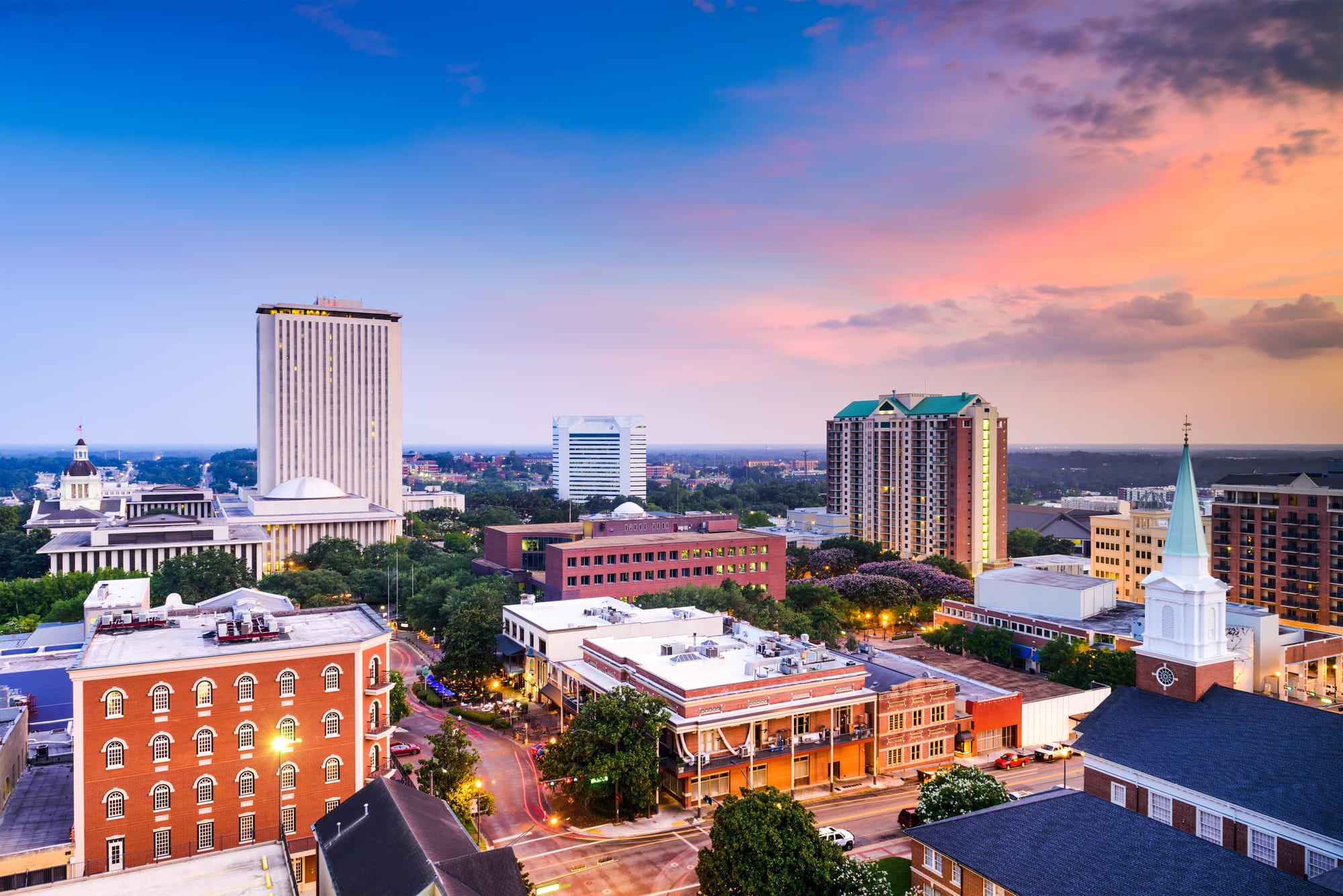Florida is known for its beautiful beaches, warm climate, and rich biodiversity. Among the many creatures that call this sunny state home, wasps play a significant role in the ecosystem. While some people might think of wasps as just pesky insects that ruin summer picnics, there is much more to these fascinating creatures. This article will delve into everything you need to know about wasps in Florida, their importance in nature, how to identify them, and what to do if you encounter them.
What Are Wasps?
Wasps are a type of insect belonging to the order Hymenoptera, which also includes bees and ants. They are characterized by their slender bodies, two pairs of wings, and often bright colors. Wasps can be found all over the world, and Florida is no exception. In fact, the state is home to many different species of wasps, each with unique features and behaviors.also read Types of Grass in Florida: A Simple Guide to Choosing the Right Grass for Your Lawn
Types of Wasps Found in Florida
In Florida, you can find various types of wasps, including:
- Yellowjackets: These are some of the most common wasps in Florida. They are easily recognizable by their yellow and black stripes. Yellowjackets are known for being aggressive, especially when their nests are disturbed. They are social wasps and live in large colonies, often building nests in the ground or in hidden places.
- Paper Wasps: Paper wasps are known for their umbrella-shaped nests made of a paper-like material. They are generally less aggressive than yellowjackets and can be found hanging from trees or under eaves of buildings. Their bodies are slender, and they have long legs that dangle while flying.
- Hornets: Although less common in Florida, hornets are larger wasps that can be quite intimidating. They are usually brown and white or yellow, and they build large nests that can be quite conspicuous. Hornets can be aggressive if their nest is threatened, so it’s best to keep your distance.
- Mud Daubers: These wasps are known for their distinctive nests made of mud, which they build in sheltered locations. Mud daubers are solitary wasps, meaning they do not live in colonies like yellowjackets or paper wasps. They are generally not aggressive and are often considered beneficial because they prey on spiders.
The Importance of Wasps in Florida’s Ecosystem
Wasps play an essential role in Florida’s ecosystem. Here are a few reasons why they are important:
- Pollination: While bees are often celebrated as pollinators, wasps also contribute to pollination. As they move from flower to flower in search of food, they help fertilize plants, promoting growth and reproduction.
- Pest Control: Wasps are natural predators of many pests, including caterpillars and flies. By keeping these populations in check, wasps help maintain a balanced ecosystem. This is particularly beneficial for gardeners and farmers, as it reduces the need for chemical pesticides.
- Food Source: Wasps are part of the food web. They serve as a food source for various animals, including birds, mammals, and other insects. Their presence supports the survival of many species within Florida’s diverse wildlife.
How to Identify Wasps
Identifying wasps can be straightforward once you know what to look for. Here are some tips for recognizing different types of wasps you might encounter in Florida:
Yellowjackets
- Color: Bright yellow and black stripes.
- Size: About 0.5 to 0.75 inches long.
- Nests: Often built in the ground or hidden spaces, such as wall cavities.
- Behavior: Very aggressive, especially in late summer and fall.
Paper Wasps
- Color: Brownish with yellow markings.
- Size: About 0.75 to 1 inch long.
- Nests: Open, umbrella-shaped nests that hang from structures.
- Behavior: Less aggressive, but can sting if threatened.
Hornets
- Color: Usually brown and yellow or white.
- Size: Larger than other wasps, around 1 to 2 inches long.
- Nests: Large, round nests found in trees or shrubs.
- Behavior: Can be aggressive, especially when defending their nests.
Mud Daubers
- Color: Black with shiny bodies.
- Size: Around 0.5 to 1 inch long.
- Nests: Made of mud, often found in sheltered areas.
- Behavior: Generally not aggressive and solitary.
What Attracts Wasps?
Understanding what attracts wasps can help you avoid unwanted encounters. Here are some common factors that draw wasps to certain areas:
- Food Sources: Wasps are attracted to sugary foods, protein sources, and anything that smells delicious. This includes open garbage cans, fruit trees, and picnics. If you’re enjoying a meal outdoors, be sure to keep food covered and dispose of trash properly.
- Sweet Drinks: Sweet beverages, such as soda and fruit juices, are particularly attractive to wasps. If you’re having a drink outside, be mindful of keeping it covered, especially if you’re not drinking it right away.
- Nesting Sites: Wasps look for sheltered areas to build their nests. This could be under eaves, in attics, or in dense vegetation. Keeping your property tidy and sealing any potential nesting sites can help deter wasps from setting up home near you.
How to Prevent Wasps
While it’s impossible to eliminate wasps completely, there are several strategies you can use to reduce their presence around your home and yard:
1. Keep Food Covered
When enjoying outdoor meals, keep all food covered until it’s time to eat. This makes it less likely for wasps to be drawn to your picnic or barbecue.
2. Dispose of Trash Properly
Always seal garbage cans tightly and clean up any spills or food debris around outdoor eating areas. Wasps are attracted to strong smells, so keeping your surroundings clean can help.
3. Seal Potential Nesting Sites
Check your property for places where wasps might build nests, such as under eaves, in garages, or around vents. Seal any openings or gaps that could provide access for wasps.
4. Use Wasp Traps
Commercial wasp traps are available that can help reduce wasp populations. These traps attract wasps and prevent them from escaping. Place them away from areas where you spend time.
5. Plant Wasp-Repellent Plants
Some plants, like mint, citronella, and eucalyptus, can help repel wasps. Consider planting these in your garden to create a natural barrier against wasps.
What to Do if You Encounter Wasps
If you find yourself in a situation where wasps are nearby, it’s essential to know how to respond:
Stay Calm
If you remain calm and avoid sudden movements, wasps are less likely to perceive you as a threat. Panic can provoke them, leading to stings.
Slowly Move Away
If wasps are hovering around you, calmly and slowly move away from the area. Quick movements can attract their attention, so take your time.
Avoid Swatting
Swatting at wasps can increase the likelihood of getting stung. Instead, try to remain still and allow them to disperse naturally.
Seek Shelter
If you feel threatened by wasps, find a nearby building or vehicle to take refuge. Once inside, you can assess the situation safely.
Understanding Wasp Stings
While wasps play a crucial role in the ecosystem, their stings can be painful and potentially dangerous for some people. Here’s what you need to know about wasp stings:
Symptoms of a Wasp Sting
- Pain: The sting usually causes immediate pain and discomfort.
- Swelling: The area around the sting may swell.
- Redness: You may notice redness around the sting site.
Allergic Reactions
For some individuals, wasp stings can trigger severe allergic reactions known as anaphylaxis. Symptoms of an allergic reaction may include:
- Difficulty breathing
- Swelling of the face or throat
- Rapid heartbeat
- Dizziness or fainting
If you or someone else experiences these symptoms after a wasp sting, seek medical attention immediately.
First Aid for Wasp Stings
If you are stung by a wasp, here are some steps you can take for first aid:
- Remove the Stinger: Unlike bees, wasps do not leave their stingers behind. If you see a stinger, gently scrape it out with a flat object, like a credit card.
- Clean the Area: Wash the sting site with soap and water to reduce the risk of infection.
- Apply Ice: Use a cold pack or ice wrapped in a cloth to reduce swelling and pain.
- Take Pain Relievers: Over-the-counter pain relievers, like ibuprofen or acetaminophen, can help alleviate discomfort.
- Monitor for Allergic Reactions: Keep an eye on the affected area and watch for signs of an allergic reaction.
Conclusion
Wasps are an integral part of Florida‘s ecosystem, playing vital roles in pollination and pest control. While they can be intimidating, understanding their behaviors and characteristics can help you coexist peacefully with them. By following preventive measures and knowing how to respond in case of a sting, you can enjoy the beautiful Florida outdoors without fear. Whether you encounter yellowjackets, paper wasps, hornets, or mud daubers, remember that these insects are more than just pests; they are fascinating creatures that contribute to the balance of nature.





